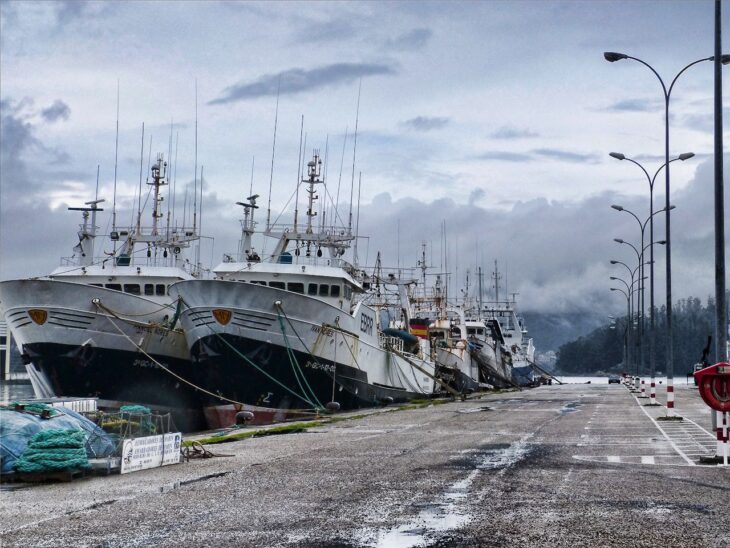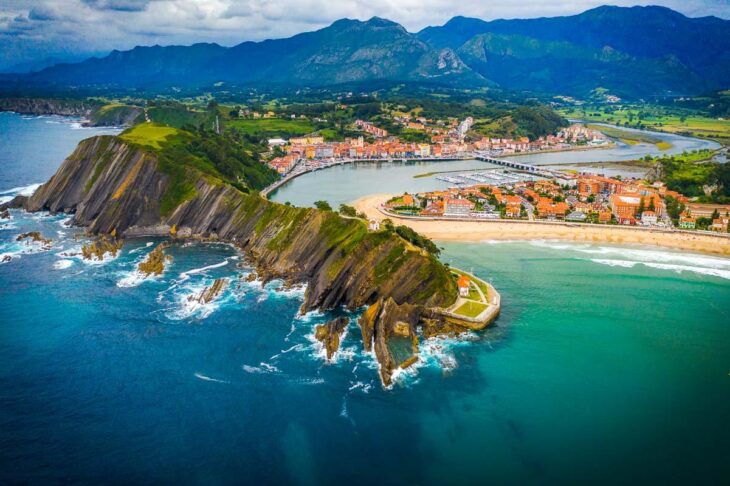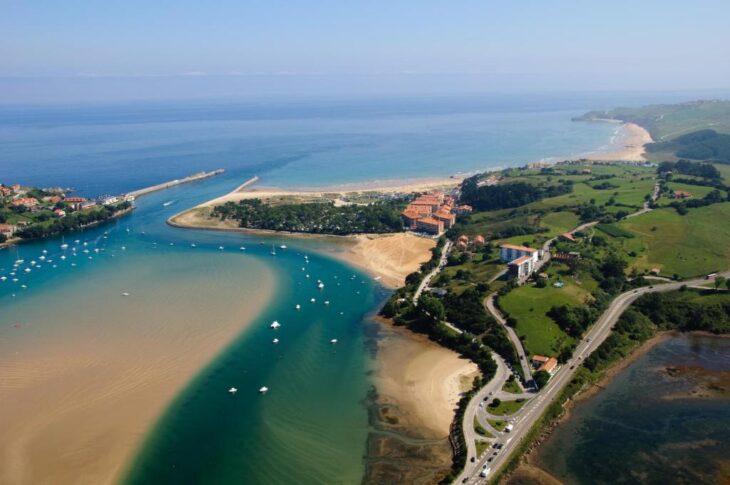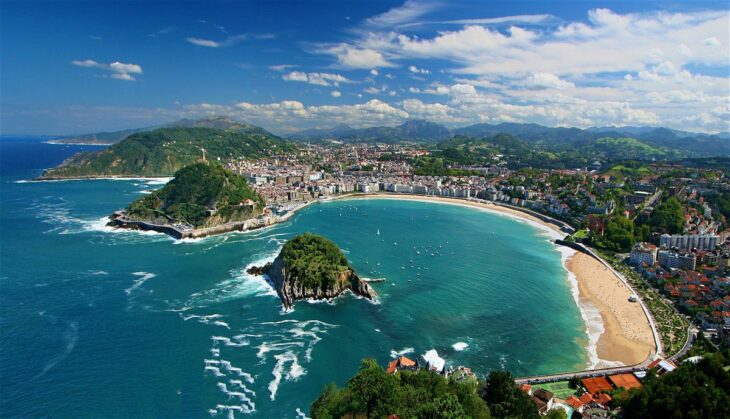Unlike their French homologues, the Spanish ports located along the Atlantic Ocean-facing shores have nothing to envy to those situated within the Mediterranean Basin. In fact, while the French Atlantic ports are generally less crowded and popular than the Mediterranean ones (with a few, far from negligible, exceptions, like Dunkerque and Le Havre), there is not a huge difference between the two Spanish shores, both in terms of traffic and traditions. Quite the contrary, the Atlantic Spanish port cities are able to provide the tourists with some of the most enchanting and suggestive sea sceneries of the whole continent. At the same time, they are an actual receptacle of stories, legends and tales, many of them with more than a kernel of truth.
On the other hand, we must consider that the Spanish Kingdom has been one of the most adventurous states of Europe during the so-called “Great Explorations Era”. And when it came with explorations by sea, the Crown’s ships used to depart from its Atlantic Ocean ports (or, actually in many cases, from the bordering Kingdom of Portugal, like in the most famous exploration of human history, that of Christopher Columbus and the three caravels with whom he managed to touch the North-American soil for the first time in the Modern Era). This is the main reason why Spain has a great maritime tradition, both for what concerns the military one, both when it comes with the civilian marine.
It is also for this reason that tourism via boat is particularly developed in Spain. Sailing the Spanish territorial waters is probably the easiest thing to do for a sea lover since the whole country offers a series of opportunities that can be only compared with a few “sea-based” countries in the same area (Italy and Greece, for example, or above-mentioned Portugal).
It’s not by chance that in terms of boat rental, Spain is a sort of small cutting edge financial sector, and an inspiration for many other business areas, by virtue of its ability to constantly renew itself. This aspect, combined with the fact that sailing is relatively cheap in Spain, even for beginners, makes sea tourism along the Iberian coast particularly attractive.
Besides that, when it comes to the Spanish northern shores, we must consider as well that we are talking about regions that have kept a relative territorial autonomy from the central government. This meant, along the centuries, the ability to preserve – pretty much in their original forms – their local traditions, from their dialects (which, in some cases, are actual and totally different languages, just think about the Basque) to their customs. Regions like Galicia, the Asturias and the Basque Country are renowned for their resilience against every cultural and anthropological homologation, and this is an additional reason why they deserve to be visited and explored, even in their most remote recesses.
It goes without saying, not every Spanish Atlantic port city is unknown to the masses. Locations like La Coruña, Gijón, Santander, Bilbao and San Sebastián are important tourist hotspots, and they drag many visitors every year, not only Spanish or European ones. What many people don’t know is that, besides these big urban settlements, sometimes just a few kilometers from them, there are other interesting municipalities, mostly little towns or villages, with their ports, ready to be discovered on a boat trip. We have selected five among the most fascinating ones that you can discover with SamBoat.
1. Marín and Ria de Pontevedra

Source: en.wikipedia.org
Located between the municipalities of Marín and Pontevedra, in Galicia, it is basically the junction between the small touristic port of the first one and the second one’s big commercial port. It is not exactly a sea port, since it’s settled on the south bank of the Ria de Pontevedra’s estuary: just a few kilometers west of it, the river’s mouth starts to enlarge, until it embraces the Atlantic Ocean’s waters. Operational since the Roman Empire era, the port is both an easy access to the ocean and – in the opposite direction – a door to the European continent.
2. Viveiro

Source: minube.net
In North Galicia, in a deep inlet along the coast, this former small fishermen village (now grown to the size of a small town with more than 16.000 inhabitants) spreads out. The touristic part of its port is partitioned between the coast and a small channel that sneaks into the mainland, offering a safe shelter to the boats, especially during the harshest stormy winter days. The city is a small jewel, probably the most quintessential example of the local architecture, with its churches and ancient buildings.
3. Ribadesella

Source: kevmrc.com
Probably one of the smallest ports of the coast, able to host just a few dozens of boats. Located in the Asturias, this small municipality settles on both the Sella River shores. It is considered the beginning – or the end, it depends on which direction you take – of the Ruta de Las Villas Marineras, a sort of Atlantic Coast route that links this one and many other maritime cities of the region with the capital Gijón. During the summer the most reckless ones can take part to the Sella River descent, a race that starts on the mountains, at the river’s source, and finishes in the ocean.
4. San Vicente de la Barquera

Source: agefotostock.com
Popular for its beaches and sand banks, this small 5.000 inhabitants town, located on the estuaries of the Rubin and Pombo rivers, has an extremely evocative touristic port. The tourism activity is a pretty thriving business, but it involves mainly the visitors coming from other regions of Spain. For the strangers, it’s indeed a brand-new destination that is worth discovering.
5. Irun

Source: tripadvisor.com
Located on the French border, on the western bank of the Bidasoa River that works as a frontier (on the eastern one there is the French city of Hendaye). The berth for tourist ships is just north of the city, on a promontory that has always constituted an attraction for many visitors fascinated by the wilderness and the marine fauna. Its favorable location allows it to reach the nearest French seaside locations, like for example the luxuriant Biarritz.
